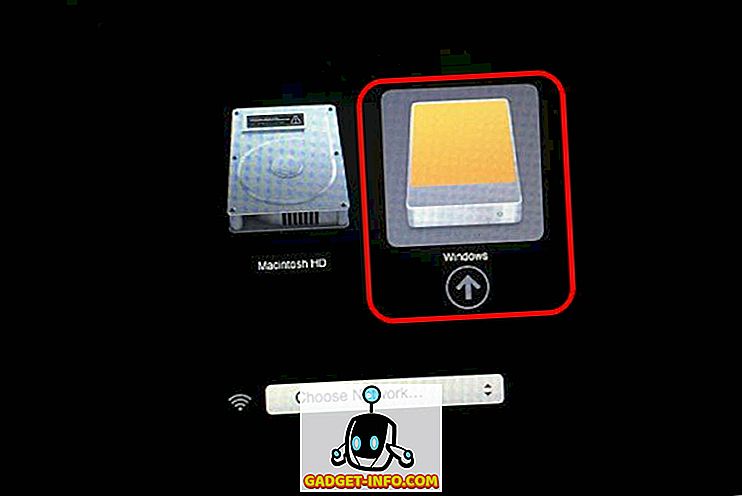

- Linux usb on mac for windows how to#
- Linux usb on mac for windows install#
- Linux usb on mac for windows zip file#
- Linux usb on mac for windows pro#
- Linux usb on mac for windows software#
When finished, Reboot your On a Mac, you need to hold down the ALT / Option key on the Mac keyboard while powering on the machine to boot from USB. Download and launch the SD Formatter Tool. Though originally designed to be used on SD cards, this tool can be used to reformat a flash drive as well. Linux usb on mac for windows how to#
Windows and or Mac OS users can also use the SD Formatter Tool to reformat and restore a USB to its original state. How to Create Linux Mint Bootable USB on Windows 10 and Mac. Total and compete data loss from your hard drive, if you overwrite the wrong drive. Restore a USB with SD Formatter Tool Windows/Mac OS. The consequence of picking the wrong drive are potentially disastrous. Warning: all data on the USB key will be lost.ģrd warning! Make sure that the device used in the dd command above is correct. is the file path for the input image file. dev/disk2) not a partition designation (ie. is the device the USB key is assigned to. Your USB stick should appear as gold/yellow and labelled ‘EFI Boot’. This will launch Apple’s ‘Startup Manager’ which shows bootable devices connected to the machine. and so are Windows and whatever the Mac uses as an OS, the Linux OS on the USB drive. If you want to use your USB stick with an Apple Mac, you will need to restart or power-on the Mac with the USB stick inserted while the Option/alt () key is pressed.
Linux usb on mac for windows software#
Note: For Ubuntu, the bs= 4M must be capitalised. So, no, you cannot run Linux or any other software on a USB drive.
As the root user, use the 'dd' command to write the image to the USB drive. In the example above the device name is /dev/disk2 Unmount all volumes on the USB drive by typing the following command: This software is designed to be cross-platform and works with Windows, as well as Mac and Linux operating systems. Don't get this wrong as you don't want to overwrite the wrong drive. Determine which device the USB drive is assigned as by opening the Terminal and typing the following command. 
Warning: The contents will be overwritten in the next steps.
Insert a USB flash drive into a USB slot. This procedure involves using the dd command line tool to write the installation image to a USB flash drive. For the free edition of MemTest86, this file is called, memtest86-usb.img Making Installation USB Media on Mac OS X. Inside the Zip there is a "disk image" file. For an OS that’s prized for its simplicity it’s strange that creating a bootable USB on a Mac is not easy. If you don’t like this app (or can’t get it run) there are alternatives, including Rufus (Github link) How to Create a Bootable Linux USB Drive on Mac OS X. To our surprise there was nothing out there. Linux usb on mac for windows zip file#
Download the current Memtest86 package as a Zip file from this page. Download Linux Live USB Creator for Windows. There was a separate track for each Mac/Windows/Linux and several manual and error-prone steps along the way. Now Windows operating systems are quite common and well sought after. Use the arrow keys to highlight the Linux drive, and press “ Return/Enter“.Creating a MemTest86 bootable USB Flash drive in Linux/Mac The advantage of Mac systems is that unlike Windows or Linux, even if you have had multiple connections to your USB ports, the device will only detect and list those drives with bootable software in them. Here, you will see all of the drives that your Mac can be booted up from, including the “Macintosh HD” which contains macOS Sierra. Most probably, you will only have two options available, one of which will be “Macintosh HD” and other will be the Linux USB drive dubbed “ Windows or EFI“. Then, press the power button, and press and hold the “option” key, until you reach the “ Startup Manager“.Ģ. Keep the Live USB plugged in to your Mac, and shut it down. USB drive from Mac os DMG, Bin, IMG and RAW on a Windows or Mac computer. If you don’t know how to open Startup Manager on Mac, just follow the steps given below:ġ. Including Windows boot, Mac boot and Linux boot and other system utilities. Now that the Live USB has been created, let’s see how we can boot into it, using the Mac Startup Manager. If you want any changes you made to persist between reboots, you can do that by setting a value under “ space used to preserve files across reboots (Ubuntu only)“. 
Linux usb on mac for windows install#
So, if you install apps, and create documents in Ubuntu while it is in Live mode, they will not be available the next time you fire up the OS with its Live USB. Note : By default, when you shut down a Live Session, any changes you make are deleted. Running Linux on VM on the Windows isn't really viable, as it's a very old laptop, and I can only do basic stuff on it. I need the Live USB to see what's wrong with the Mac, but conventional methods won't work.
Linux usb on mac for windows pro#
UNetbootin will now work through a couple of steps, and create a bootable Live USB that you can use to boot into Linux, on your Mac. In front of me, I have a Windows laptop, and a dropped Mac Book Pro that won't properly boot.







 0 kommentar(er)
0 kommentar(er)
